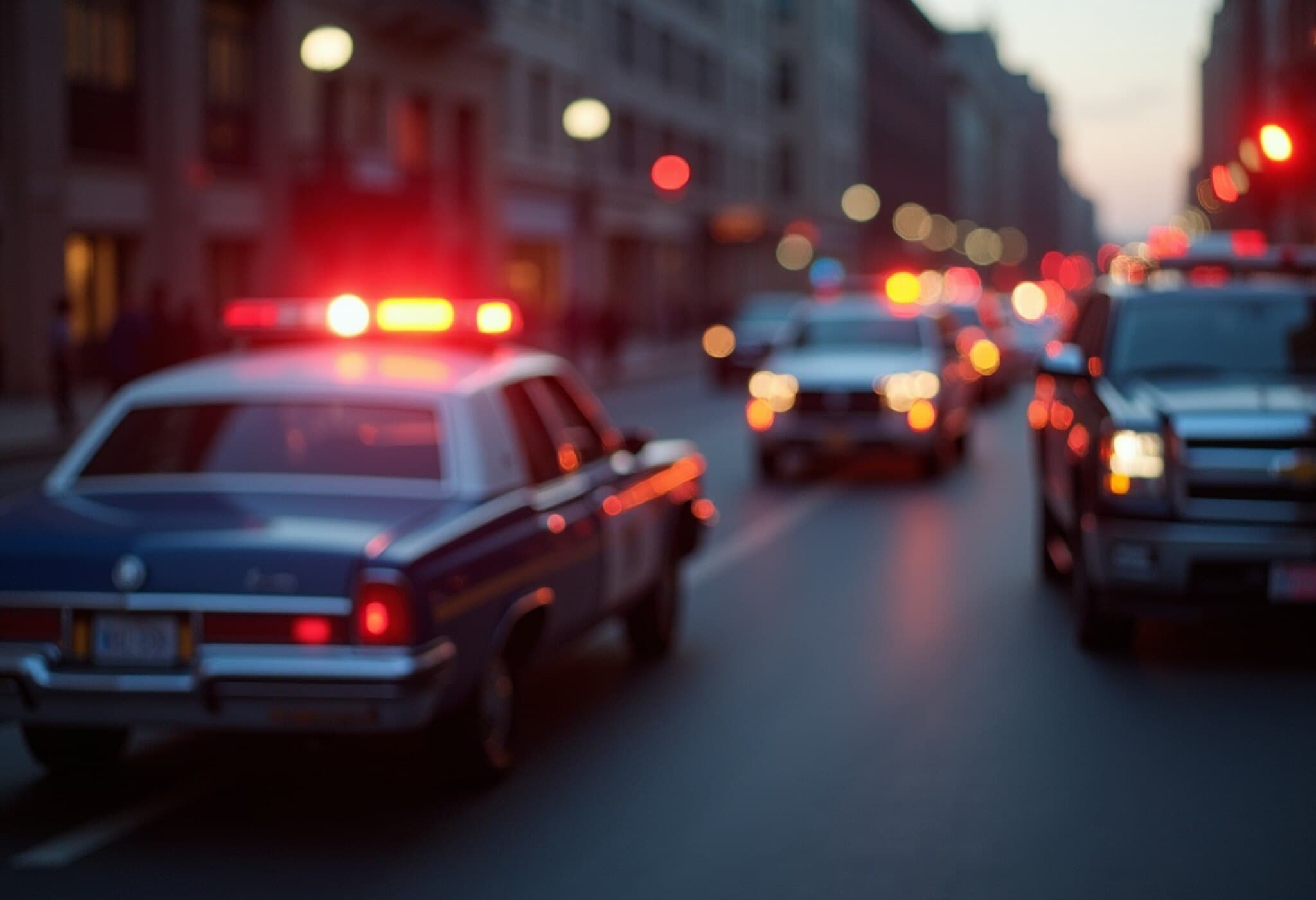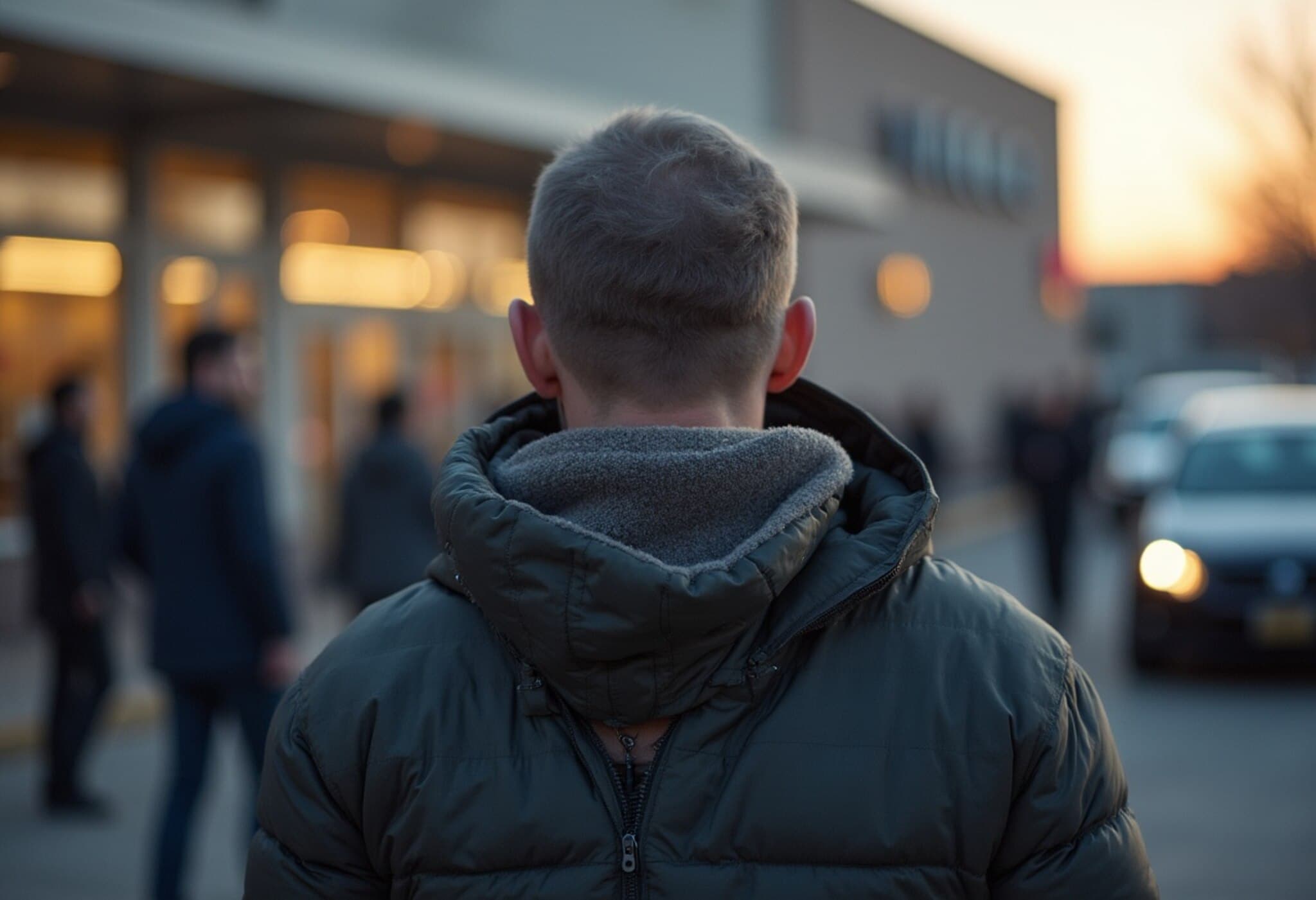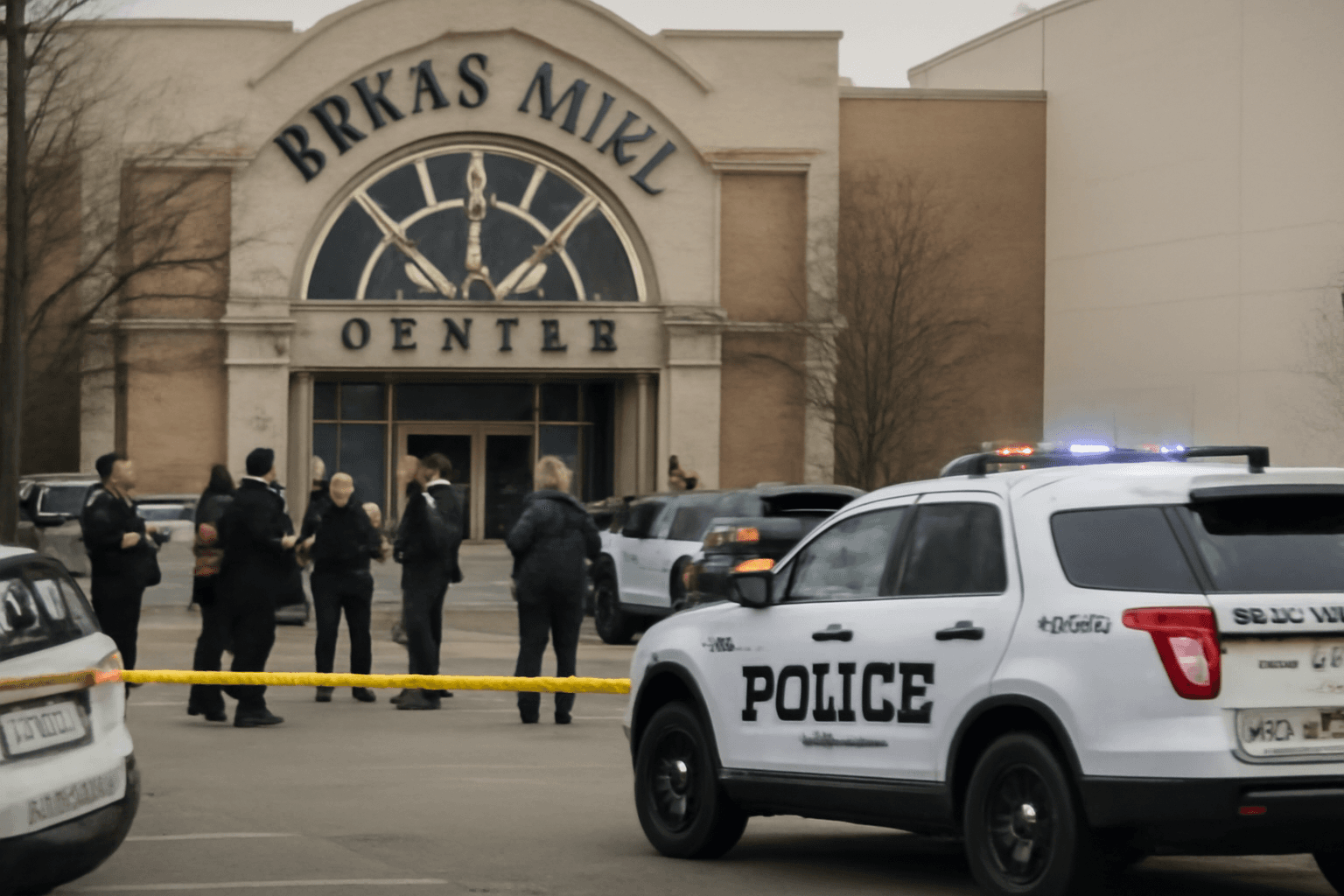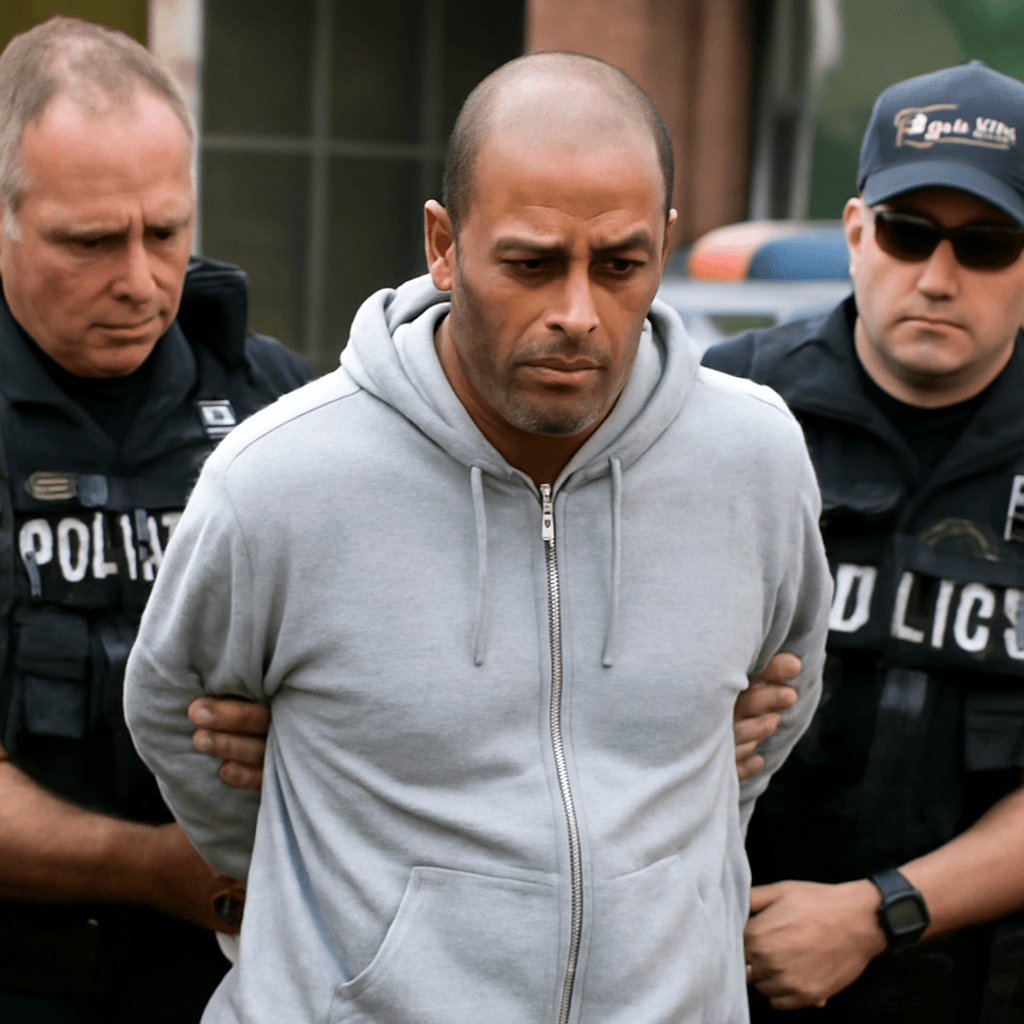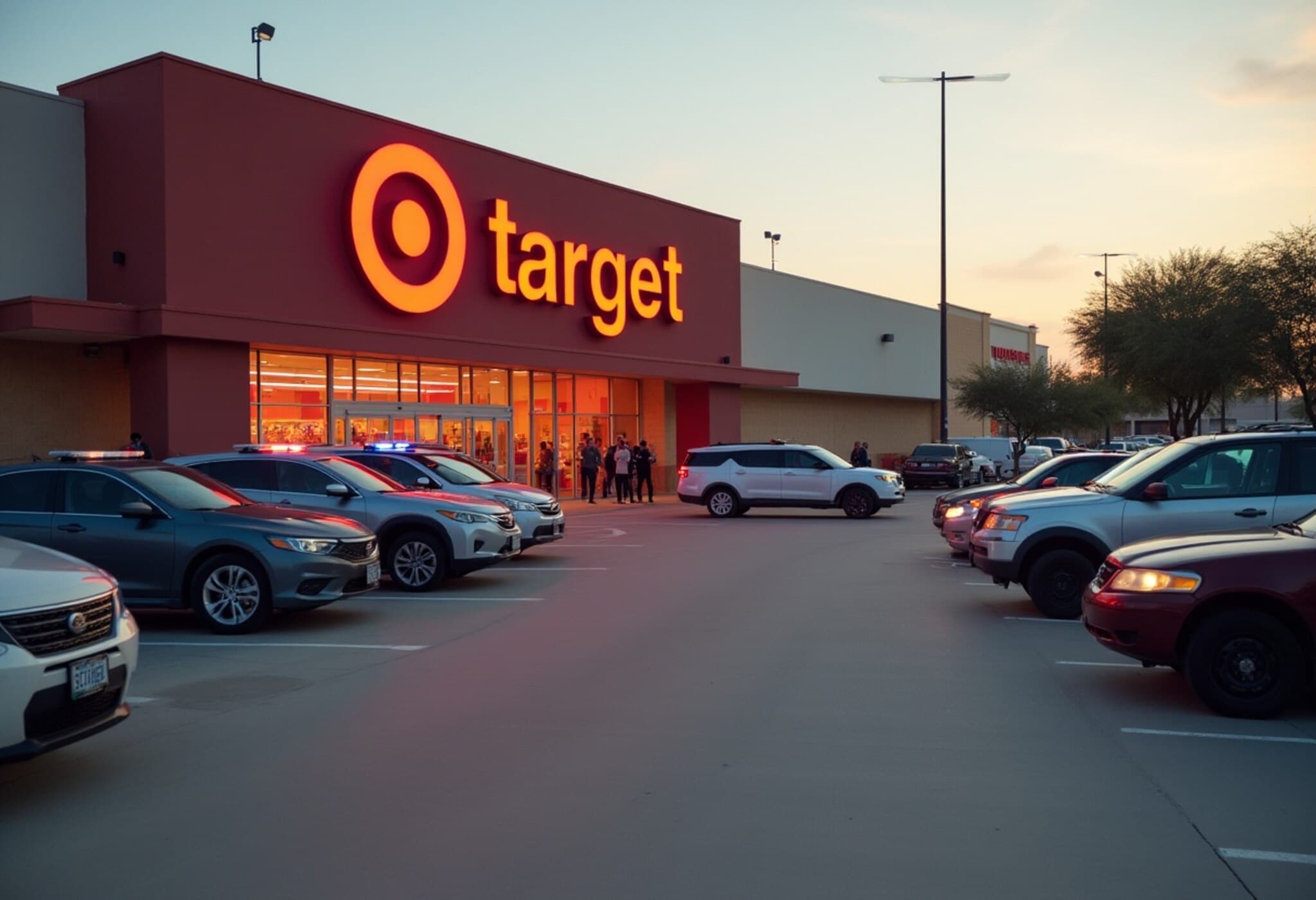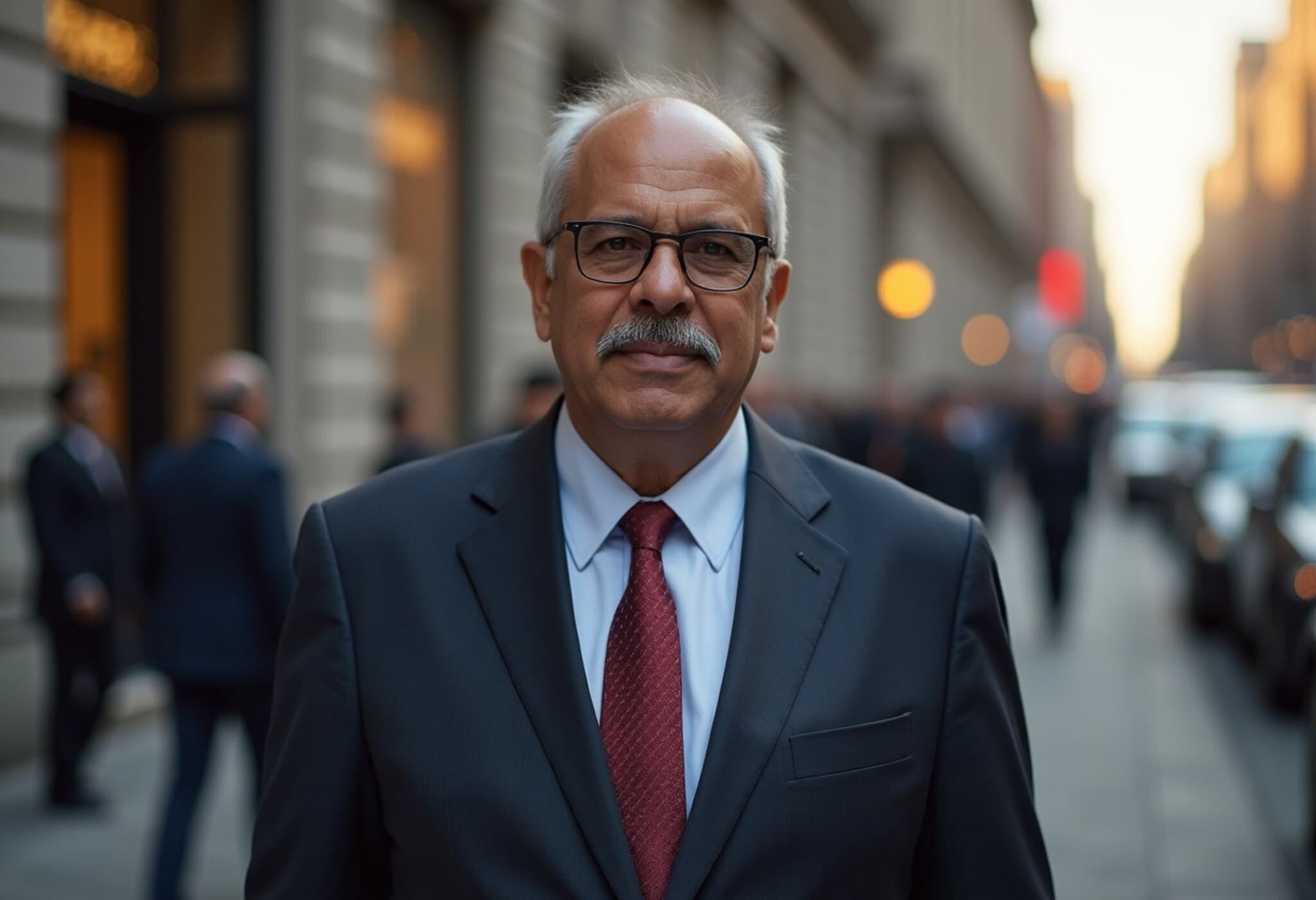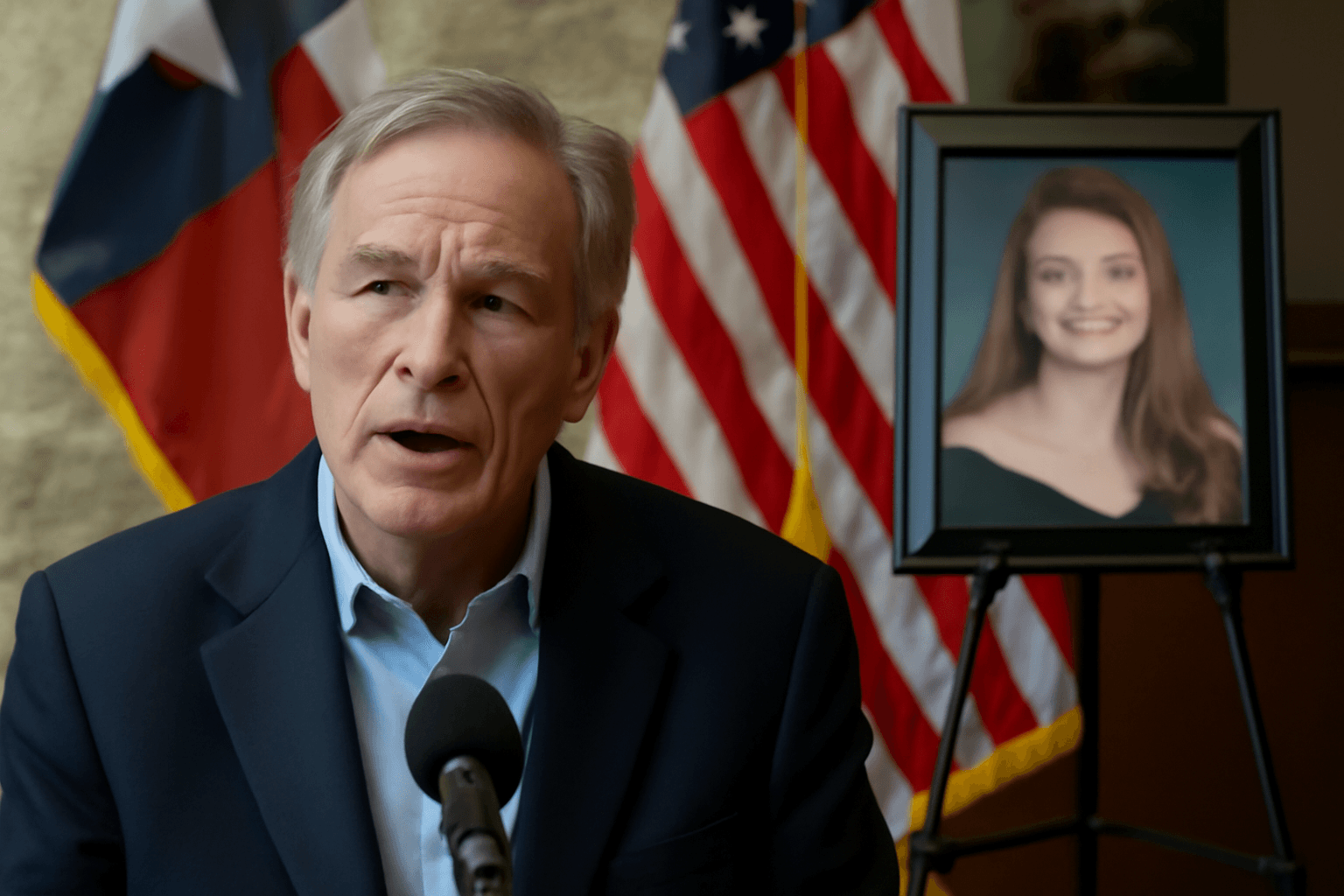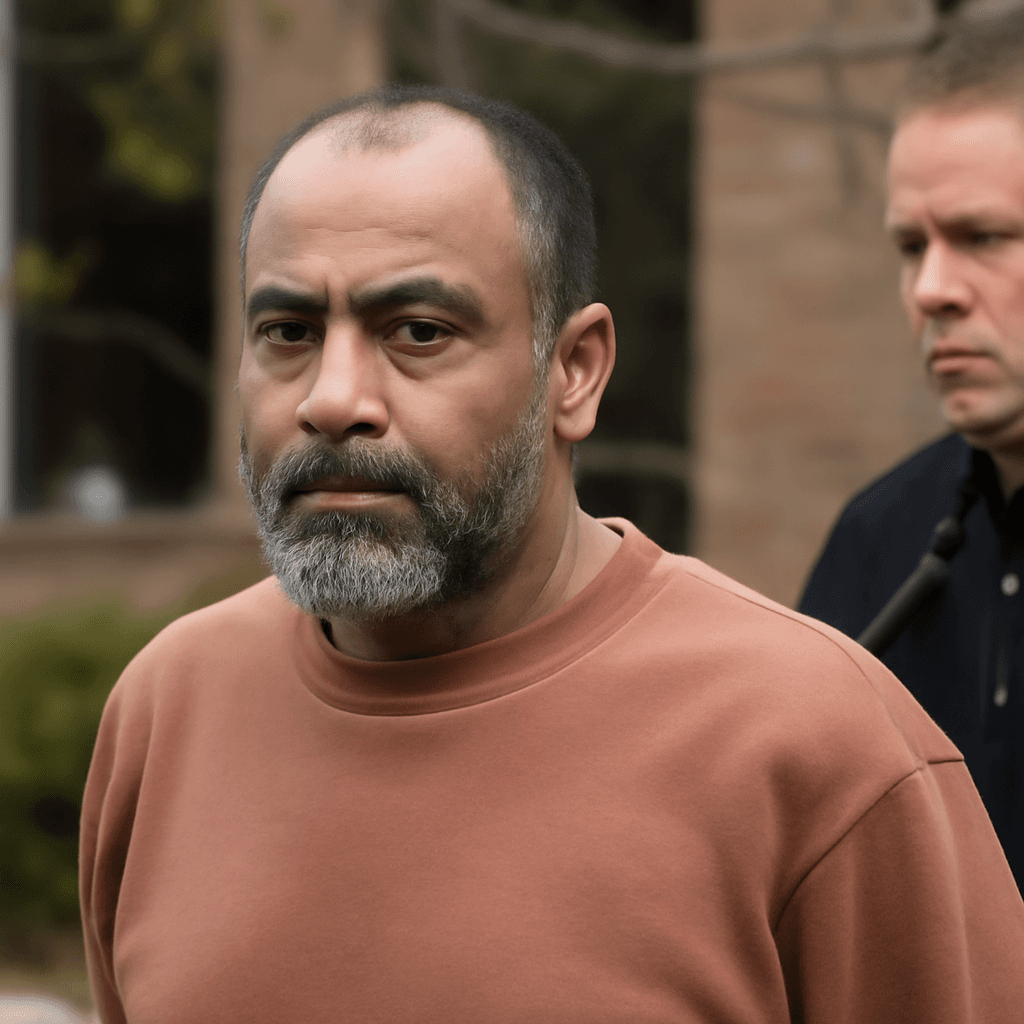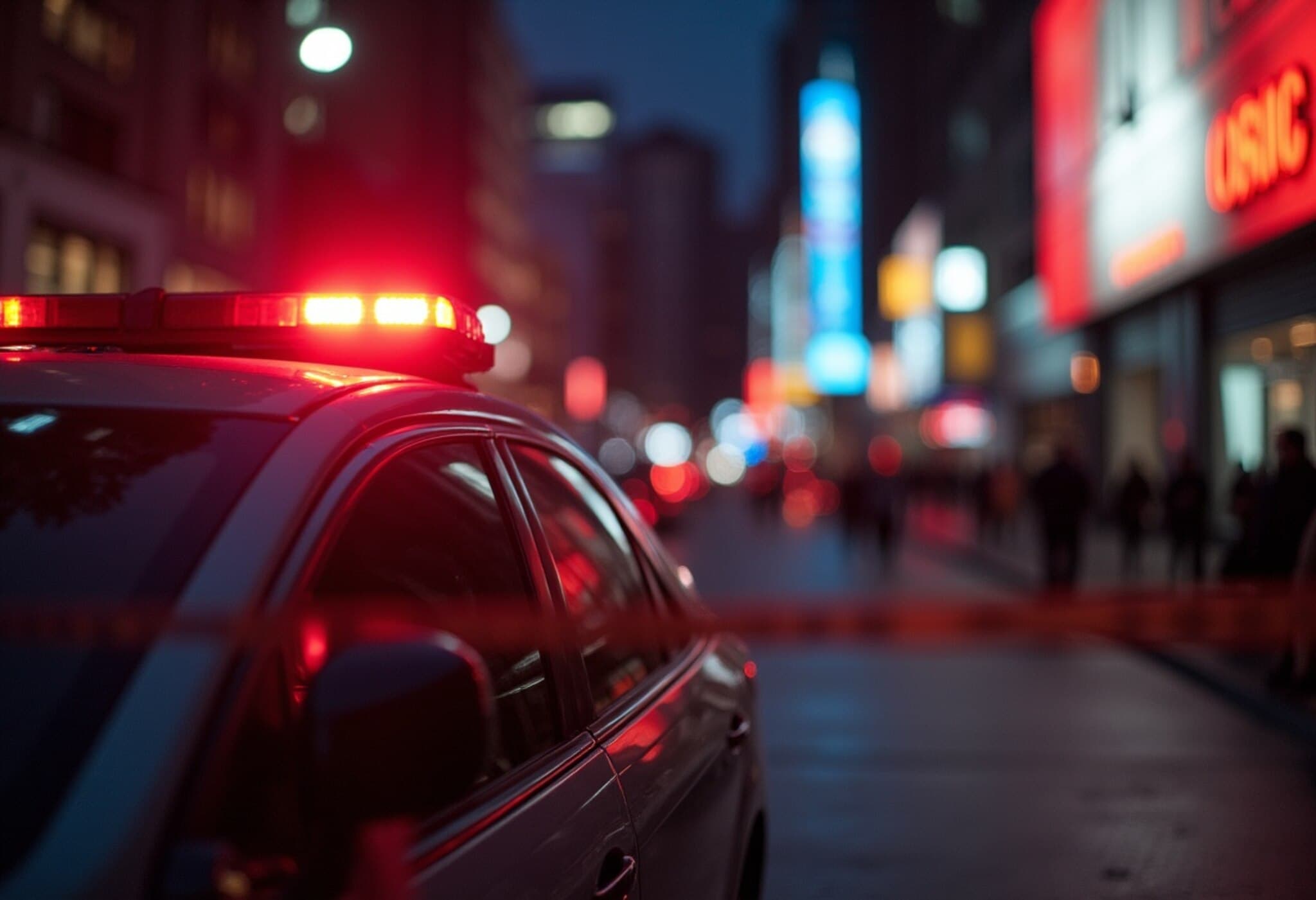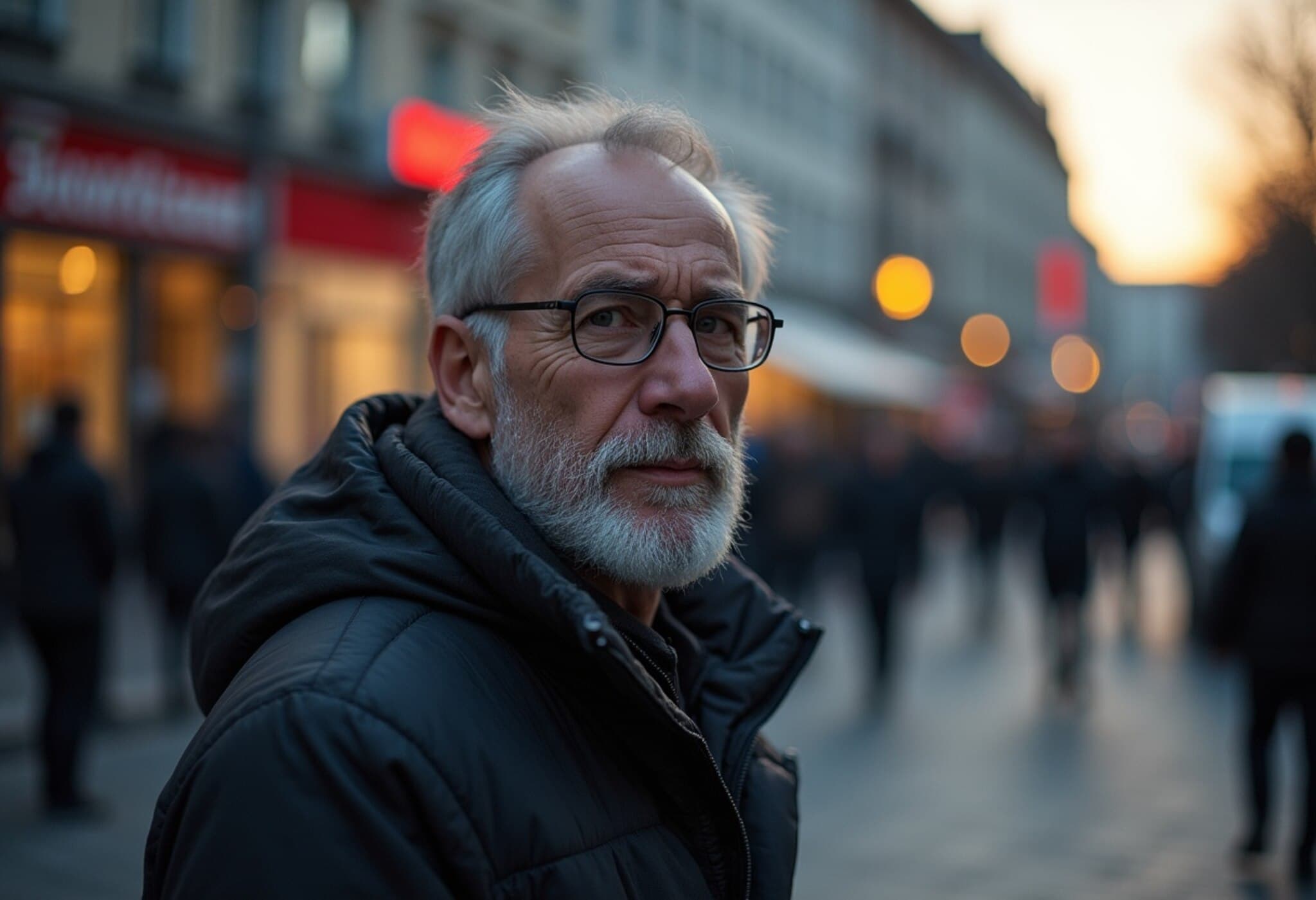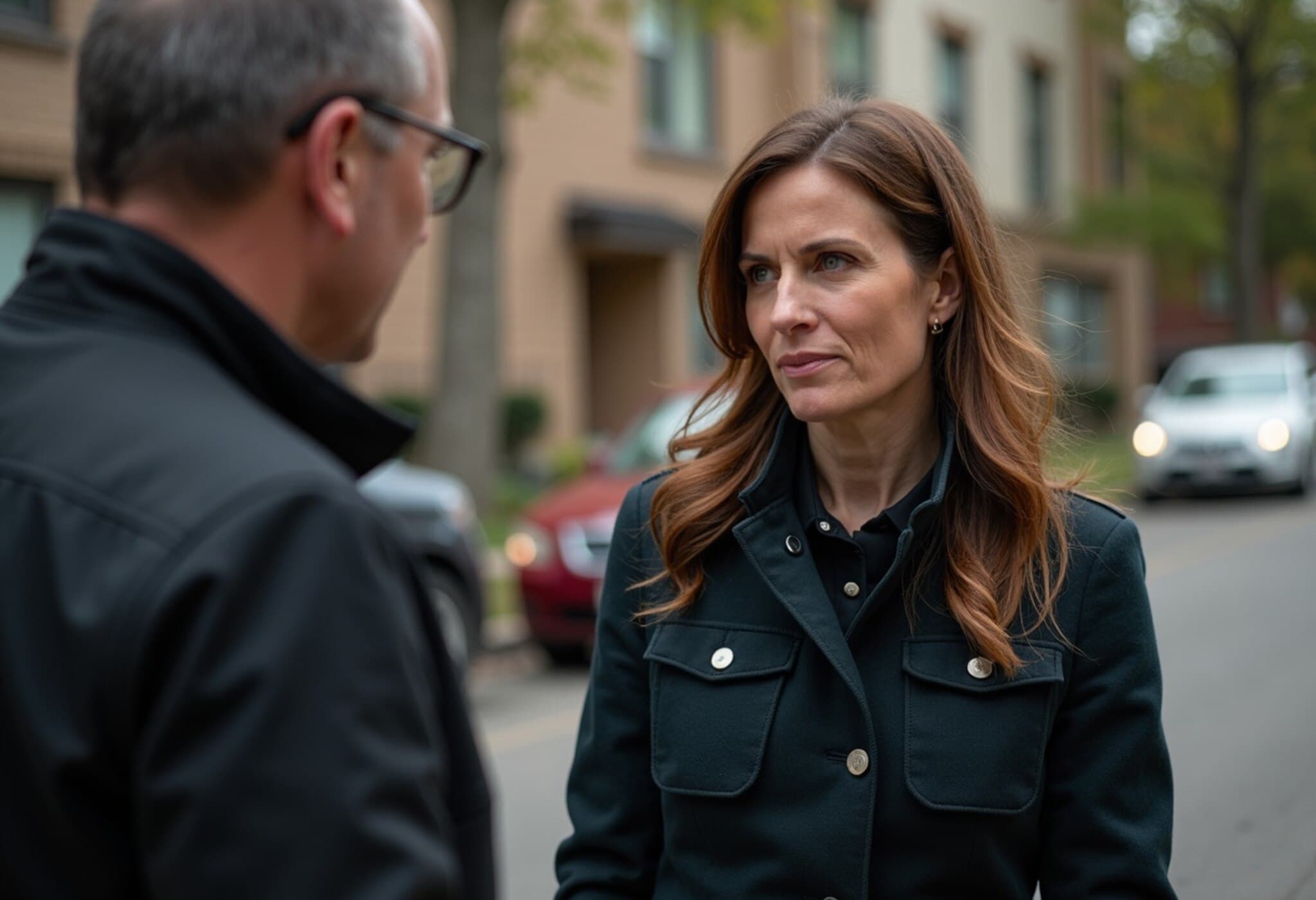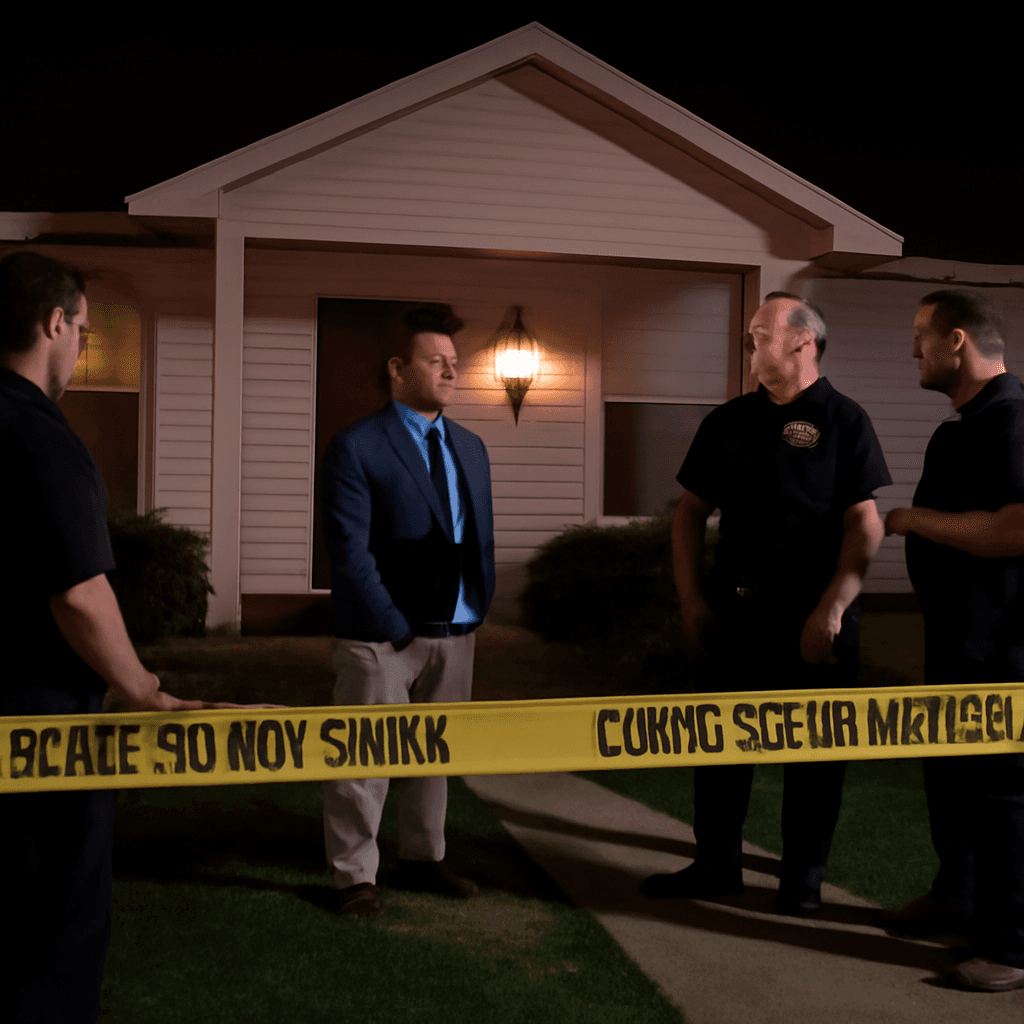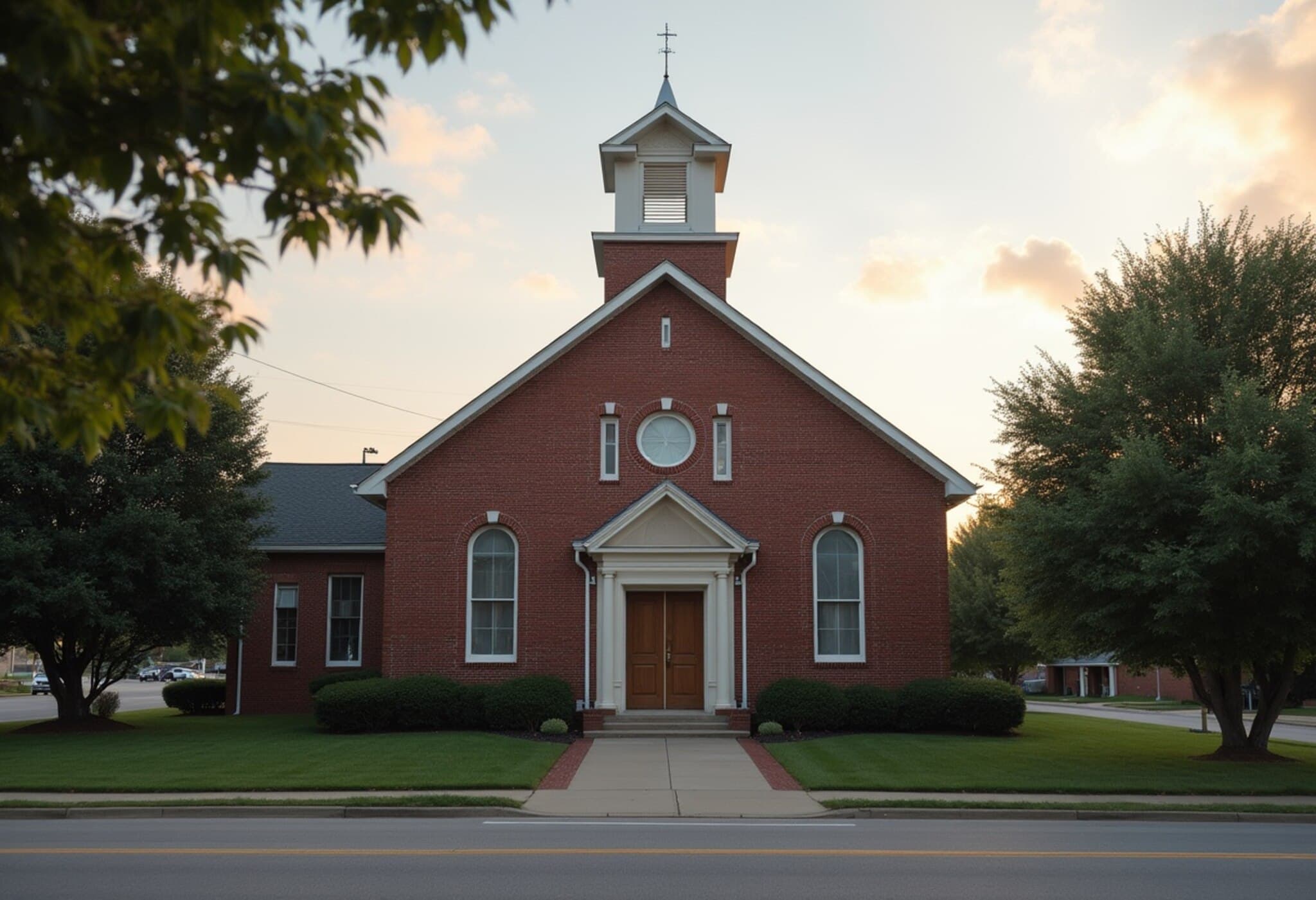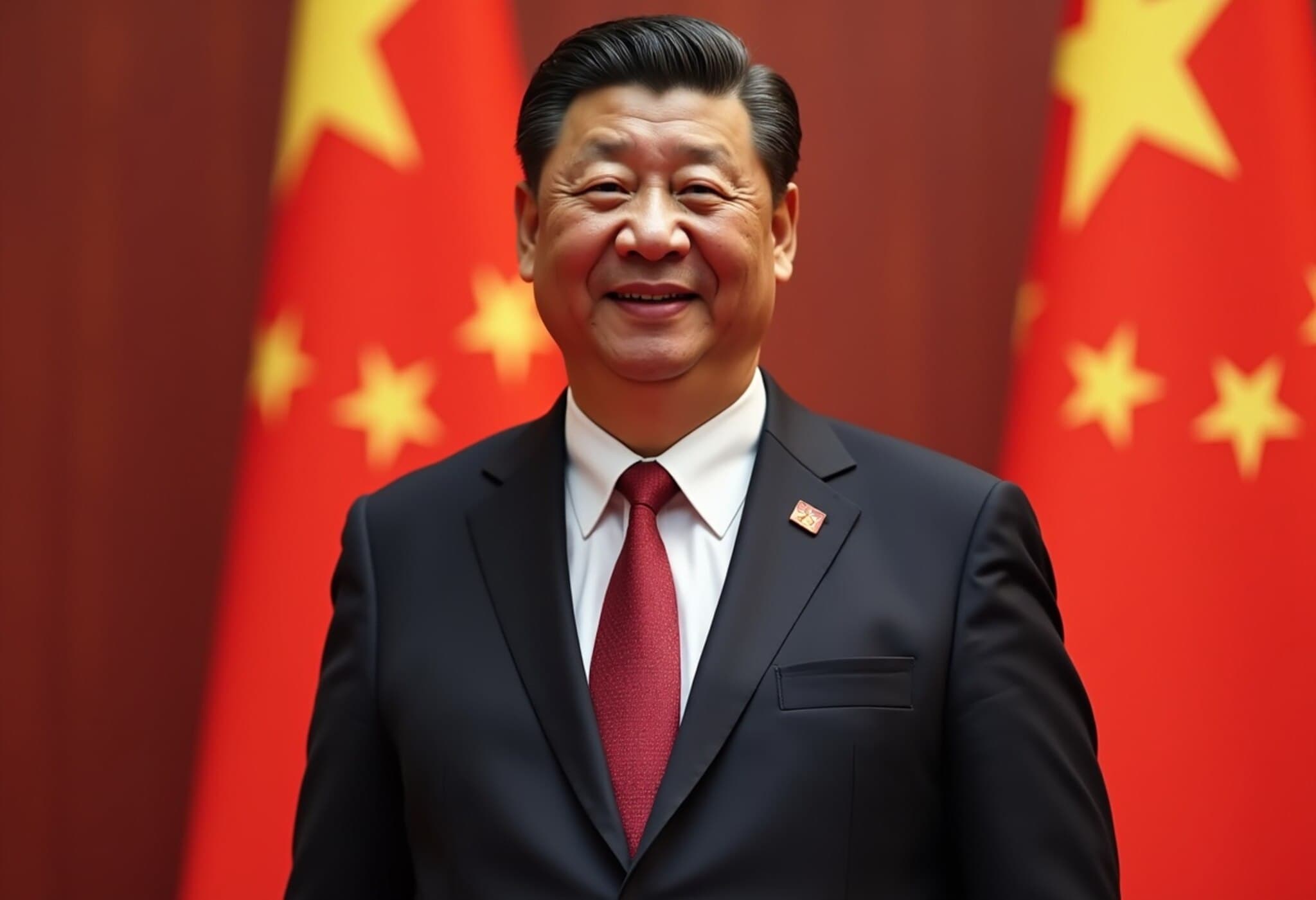Deadly Philadelphia Mass Shooting Rocks Grays Ferry Neighborhood
In the early hours of Monday, July 7, 2025, a tragic mass shooting erupted in Philadelphia's Grays Ferry area, leaving three people dead and ten others wounded. The incident, occurring just before 1 a.m. on South 27th Street, has once again spotlighted concerns over gun violence's persistent grip on the city.
Emergency Response and Hospitalizations
Philadelphia Police Commissioner Kevin Bethel confirmed that nine of the injured were transported to Penn Presbyterian Medical Center, while three juveniles were taken to the Children's Hospital of Philadelphia. Another victim sought help independently at the Hospital of the University of Pennsylvania’s Pavilion Campus. Remarkably, two of the injured are juveniles and are currently expected to survive, Commissioner Bethel noted.
Context: A Violent Fourth of July Weekend
This mass shooting is part of a hemorrhaging vein of violence that has plagued Philadelphia over the recent Independence Day weekend. Commissioner Bethel detailed that the city witnessed six homicides along with numerous shootings spanning the weekend. In a particularly alarming turn, eight people sustained injuries in a separate shooting at a South Philadelphia nightclub.
Ongoing Police Efforts and Challenges
Officials highlighted an ongoing pattern, noting their prior intervention in the area between late Saturday and early Sunday where arrests were made. On Sunday night, police responded to complaints about loud music nearby but were quickly drawn back by the sounds of gunfire. About 40 individuals were reportedly present during the shooting, and law enforcement discovered dozens of shell casings at the scene, indicating possible exchange of gunfire.
One individual was apprehended with a weapon, but authorities are still investigating their exact involvement in the shooting.
Philadelphia’s Broader Crime Landscape and Progress
While the recent violence is deeply concerning, Commissioner Bethel emphasized that Philadelphia’s homicide rate has actually decreased by over 12% compared to last year, with shootings down by 10%. The city's Homicide Unit boasts a significant clearance rate, solving 95% of homicide cases, while the Shooting Investigation Group has solved 36% of shooting incidents. These figures reflect commendable progress amidst continuing challenges.
Expert Insight: The Complexities Behind Urban Gun Violence
Philadelphia’s gun violence cannot be seen in isolation. Experts note that socio-economic factors, systemic inequalities, and community-police relations critically shape such incidents. This Fourth of July weekend's spike underscores a tension between community celebrations and underlying safety vulnerabilities.
Given the frequent recurrence of violence in hotspots like Grays Ferry, urban policy analysts urge investment in targeted community interventions—ranging from youth engagement programs to improved surveillance and police-community dialogues—to mitigate future tragedies.
Critical Questions Moving Forward
- How can Philadelphia sustain reductions in violent crime while managing spikes tied to major holidays and public events?
- What role should city leadership play in balancing aggressive law enforcement with fostering community trust?
- How might data-driven policing and expanded social services collaborate to address root causes of gun violence?
Editor's Note
The latest mass shooting in Philadelphia's Grays Ferry neighborhood is a sobering reminder that, despite promising crime reduction trends, the city continues to grapple with critical safety challenges. Beyond the statistics and police efforts lies a complex human story—families torn apart, communities seeking security, and a city striving for sustainable peace. As Philadelphia navigates these difficulties, broader societal conversations about gun control, community investment, and justice reform are more urgent than ever.
For readers and policymakers alike, questions remain: How do we convert progress into lasting peace? What lessons from this tragedy can inform a safer future?

